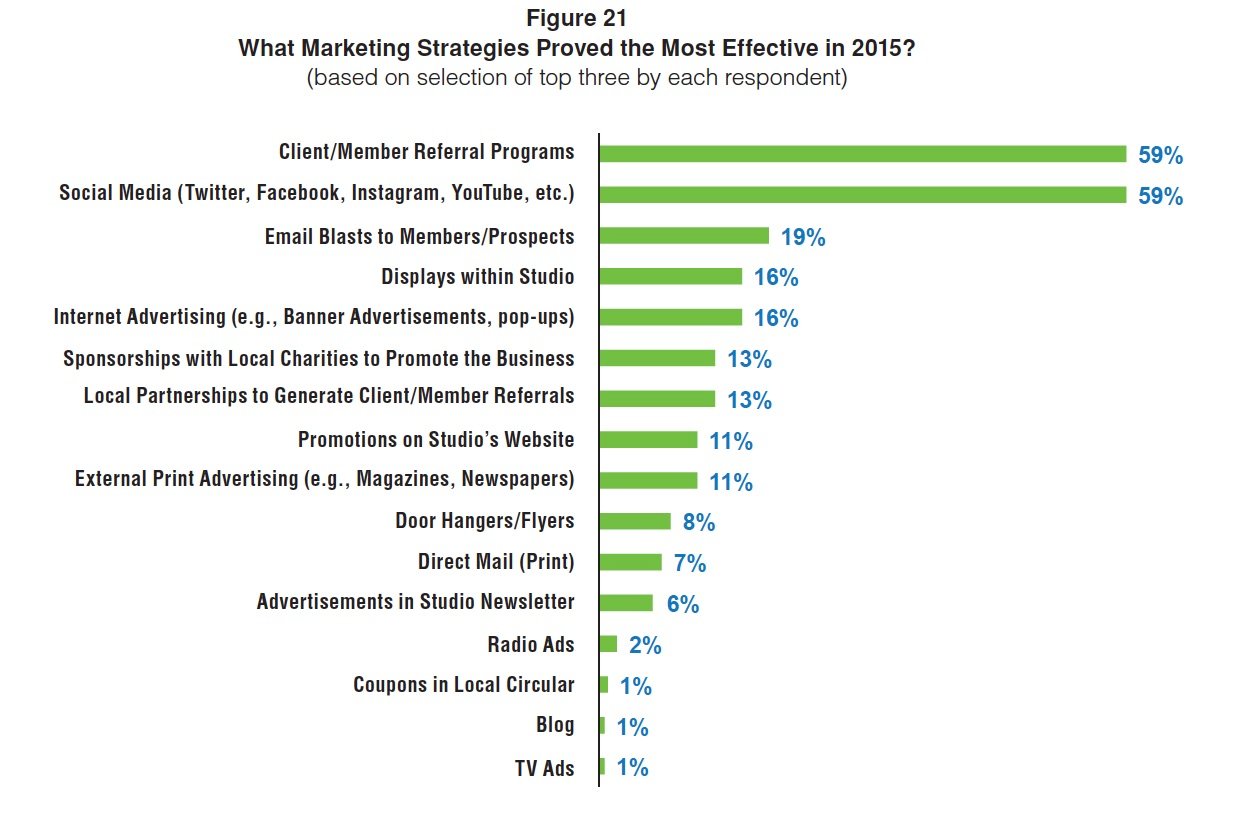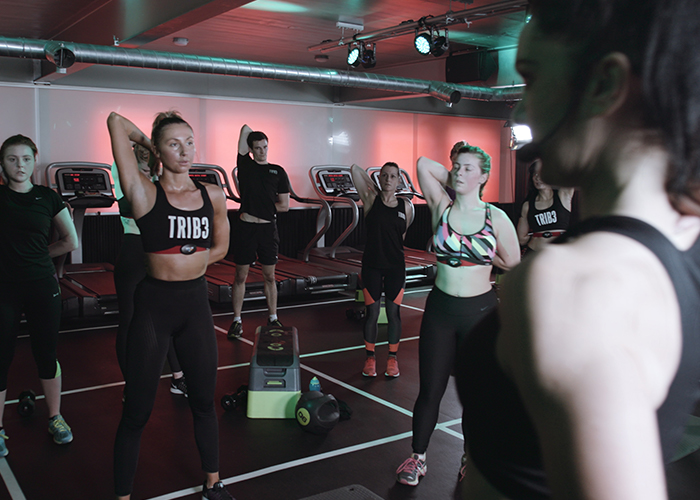How to Best Market Heart Rate Training to Clients

As a fellow fitness industry veteran, I can relate when it comes to the “M” word. Yes, I am referring to “marketing.” I can hear the sighs and groans from other club and studio owners. We are an industry of individuals who want to “do” - train, coach, and instruct. Yet the reality is without marketing, we cannot grow our businesses. According to the Association of Fitness Studio’s 2016 Best Practices Marketing Report; 57% studios have no marketing plan. None, zero, zilch. In today’s ultra-competitive market, just putting out a great product doesn’t mean things will just happen.
The game continues to change and evolve, and in order to stay relevant, you must continue to strive towards building awareness. In fact, when AFS asked, “What’s the purpose of your marketing plan?” 70% of respondents at all times are looking to build awareness of their gym or studio. I bring this up because if you are in fact looking to add heart rate training into your business model, you must ensure you have a marketing plan to support it. So where should you start?

Step 1: Build brand awareness
First and foremost, you need to know how you are going to use heart rate training to build stronger brand awareness. Does heart rate training make sense for your current business? Will it add value to the client’s experience?
Once you have established that it aligns with your brand, the next step is to ensure staff is 100% behind the effort. Failure to do so means the service may not be utilized to its full potential. It will take some legwork, but your trainers and instructors need to be there in full support.
Step 2: Get buy-in from clients
The next step may not seem as obvious, but getting buy-in from current clients is crucial. Many times it’s easier to get buy-in from those new customers walking in the door. This is great for increasing awareness and getting new business, but what about those that have been with you for a while and are loyal to your studio or gym?
There could be many reasons owners shy away from introducing new ideas to their loyal clients. But the reality is we are all in the business of constantly retaining our clientele. If your ultimate goal is to have all clients seeing results and progressing, then you must continue to introduce new ideas that excite the community you have built! Considering the number one tried and true marketing strategy used by studios and gyms is referrals (nearly 60% of studio owners said this was the most effective at generating new clients according to the 2016 AFS Marketing Report), you must ensure that your clients are on board with the changes being made when you roll out heart rate training.

Step 3: Implementing your plan
The next big step is implementation and then sticking to it. There are plenty of examples of gyms and studios who went gung-ho with ordering heart rate monitors, invested in the technology, used it for a couple of months, and then didn’t follow through when it came to all members and clients wearing the technology in the designated classes. Or worse, their staff got lazy and stopped talking about the product in those classes, essentially going back to their old ways.
The most successful brands out there currently utilizing heart rate training are constantly introducing new individual and team challenges to their workouts, rolling out new formats, and leaving their members and clients wanting more.
Marketing heart rate training is not just a 6-week plan you do in order to have people purchase the technology and join your facility. It’s about using it as a platform for gamification, as well as building community and ultimately showcasing client results. So take a deep breath, a big step back, and follow the steps above in order to ensure you are ready to take the plunge!

About the Author:
Liz Callham is the Video Communicators Manager and Lead Contributor for the Association of Fitness Studios. She received her Bachelor’s Degrees from Illinois State University in Exercise Science and Public Relations and also completed a Masters in Business and Administration from DePaul University. She holds certifications as a Certified Strength and Conditioning Specialist from NSCA and Health Fitness Specialist through ACSM. She also sits on the Advisory Board for the Exercise Science Department at ISU.
Share this
You May Also Like
These Related Stories

How Heart Rate Training + Gamification = Retention

How Gym Culture Impacts Retention



